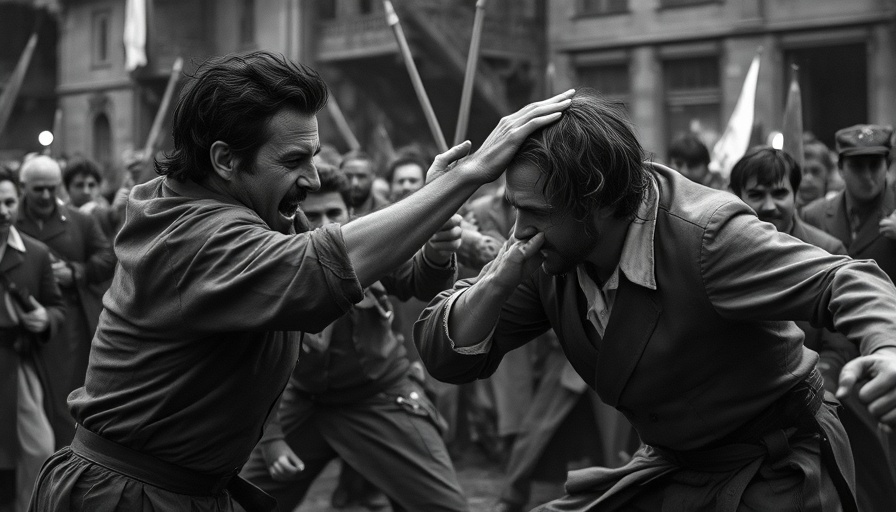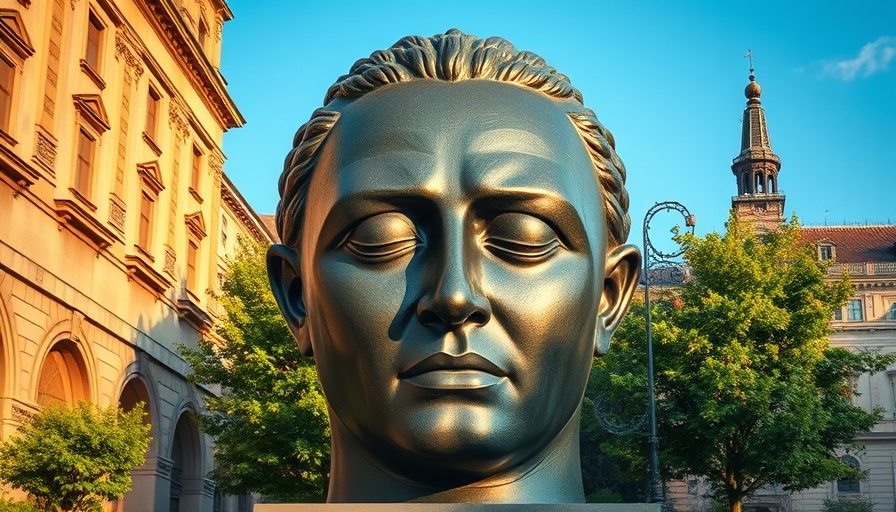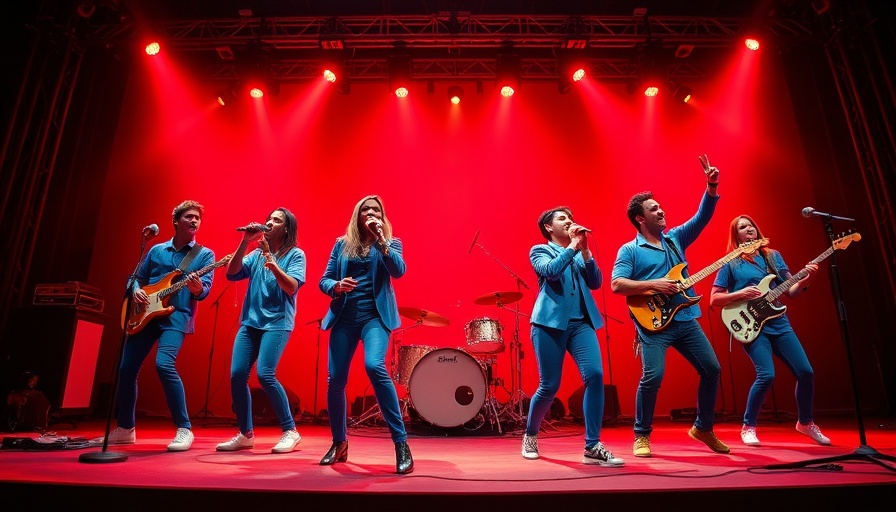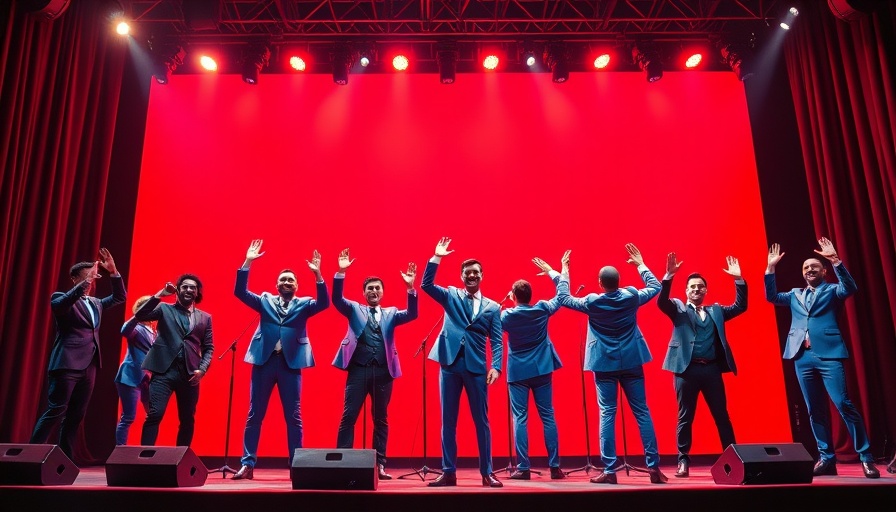
Unpacking the Peekskill Riots: A Turning Point in American Tensions
On September 4, 1949, a seemingly innocent concert by the renowned African American singer Paul Robeson in Peekskill, New York, turned into a scene of violence, marking a significant moment in American history. Over 140 people were injured as an anti-Communist group confronted concertgoers, illustrating the deep racial and political divides in America during the post-World War II era.
The attack on Robeson's concert mirrored the era's wider struggles, where the civil rights movement was just beginning to take shape against the background of the Red Scare. Robeson, a noted activist and supporter of civil rights, used his platform to advocate for justice, making him a target for those who opposed such change.
A Lesson in Historical Context and Social Change
The Peekskill riots can be seen as a precursor to future events in the Civil Rights Movement. At a time when African Americans began asserting their rights in public spaces, the violent response to Robeson’s concert highlighted the resistance to this change. Analyzing this episode gives insight into the societal feelings of fear and hatred that fueled not only the riots but also the intense segregation policies of the late 20th century.
The Cultural Impact of the Riots
The aftermath of the Peekskill riots led to renewed activism and a determination among civil rights organizations to push harder for racial equality. The events fostered a deep sense of solidarity within communities striving for social justice, making the concert a symbol of the ongoing fight against oppression.
Continuing Relevance: A Reflection for Today
As we reflect on the Peekskill riots today, amid ongoing discussions about race relations and social justice in America, it serves as a poignant reminder of the need for vigilance against hate and intolerance. Historical events like these are crucial in teaching us about the importance of standing up against injustice.
Today's Cultural Landscape and the Spirit of Advocacy
Contemporary artists, much like Robeson, continue to use their platforms to advocate for change and challenge societal norms. Understanding their role in history can inspire the current generation to pursue activism with the same fervor that defined Robeson's legacy.
 Add Row
Add Row  Add
Add 




Write A Comment